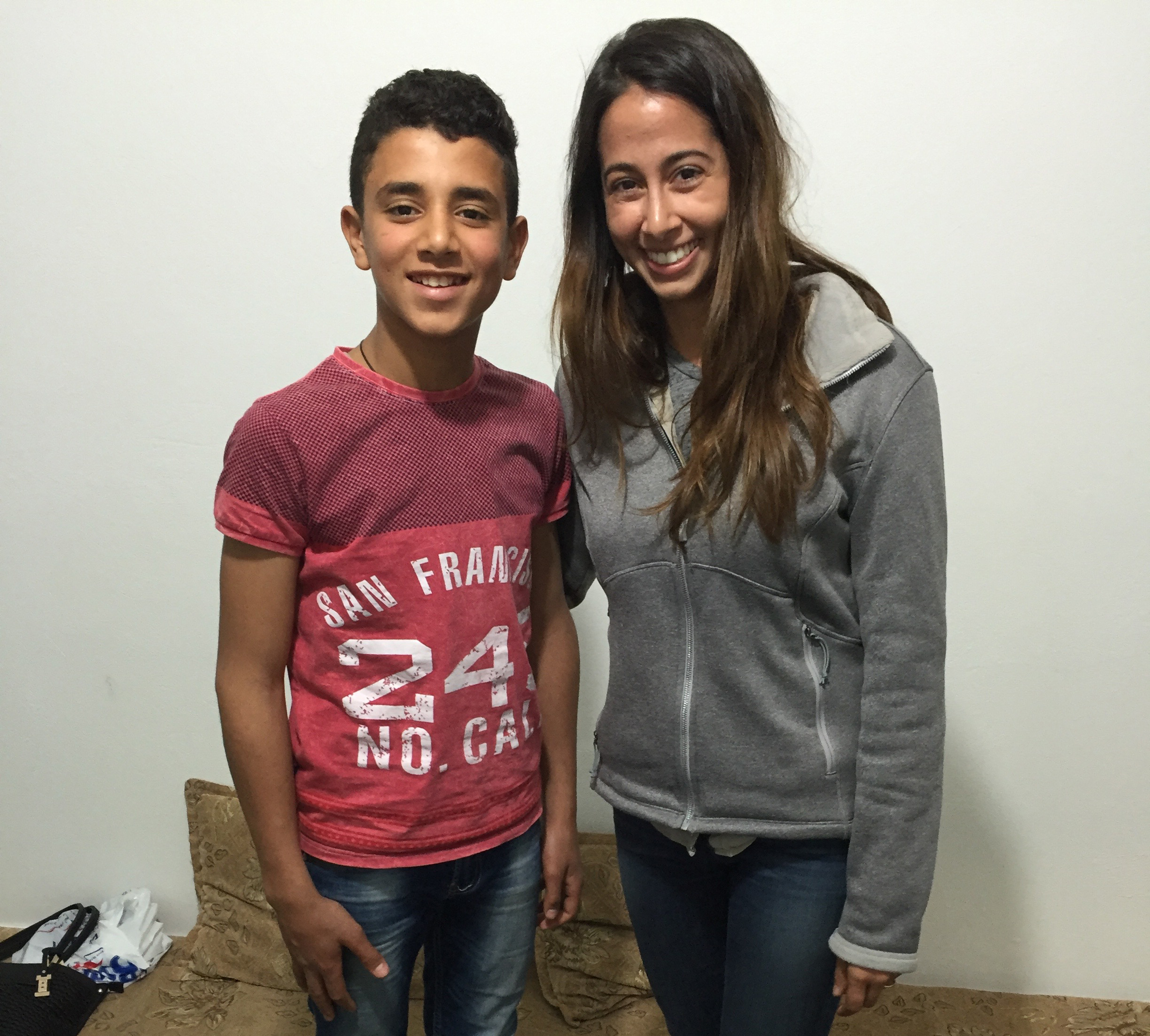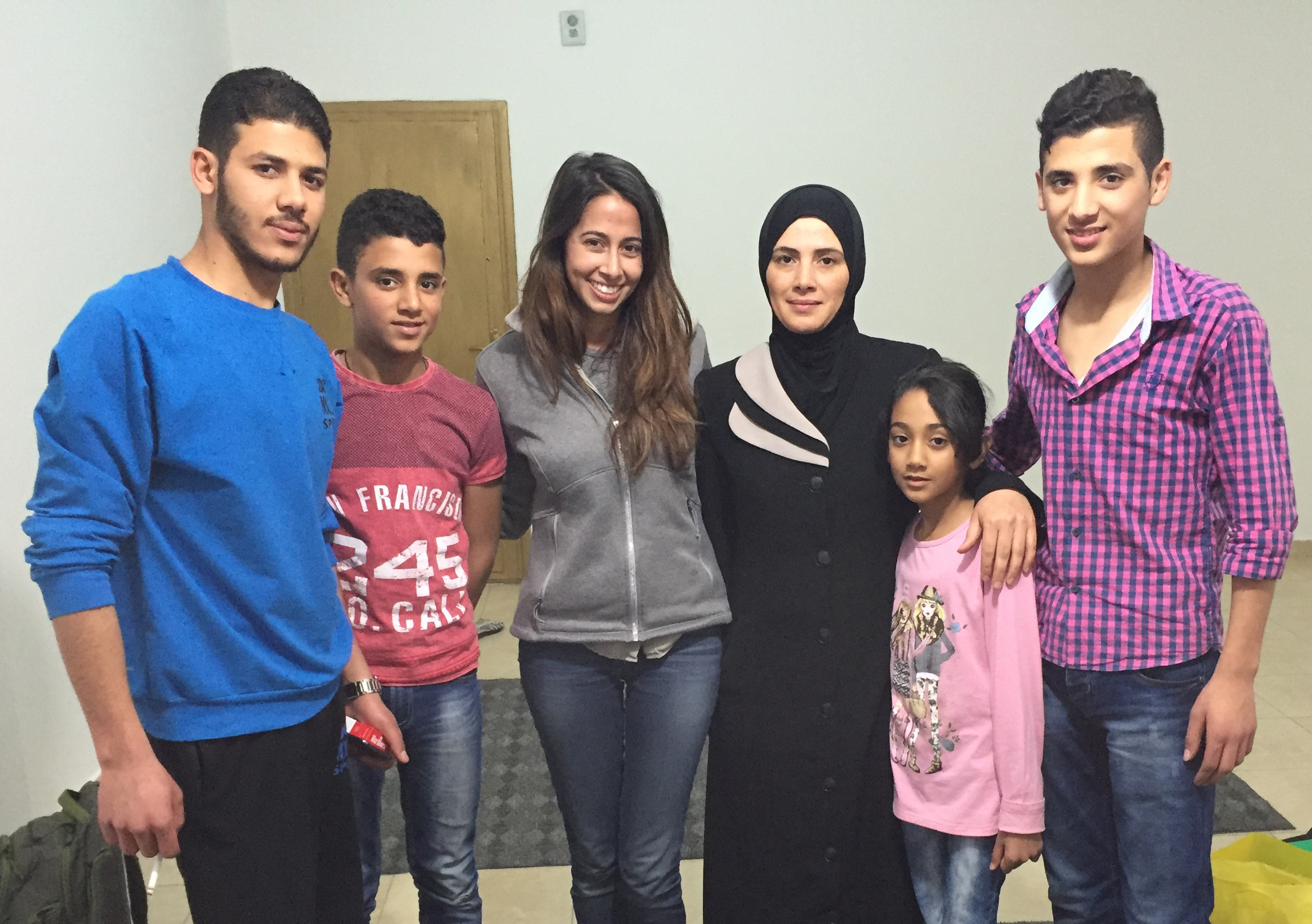Amman, Jordan
An eight-year-old girl lies in a coma in a hospital in Amman, Jordan after being hit by a bomb in Syria.
An eight-year-old girl lies in a coma in a hospital in Amman, Jordan after being hit by a bomb in Syria.
Refugee children wait for checkups at a volunteer medical clinic outside of Amman.
A young boy plays with the camera equipment while waiting to see a doctor in Jerash, Jordan.
A little girl hides from the camera at a volunteer clinic outside of Amman.
Refugee children and volunteers have some fun at a "makeshift camp" in northern Jordan.
A little girl models her new hat at a volunteer clinic a few hours outside of Amman.
A child who was born in Jordan after his parents fled the fighting in Syria.
Youth and age wait together to see doctors at a volunteer clinic outside of Amman.
A little girl enjoys the slide with volunteer humanitarians at a clinic outside of Amman.
Two young refugees take a moment to play at a volunteer clinic outside of Amman.
Seated cross-legged on the floor of his living room, 12-year-old Talal listens to his younger sister describe her new kindergarten classroom. After a few minutes, unable to keep quiet, he pipes in. “I love school too,” he said wistfully. “But I can’t go right now.”

Talal is one of thousands of Syrian children whose education has been disrupted by the conflict. He lives with his mother, sister and two teenage brothers in a tiny apartment in a run-down area of Amman. The Jordanian government forbids Syrian refugees from working, forcing Talal’s mother to stay home. Entirely dependent on assistance, Talal and his brothers incur the risk of working to supplement their monthly aid stipend. The 12-year old has a job in a tire shop, working from sunrise to sunset for a Jordanian boss who gives him a meager and irregular paycheck.
The Syrian war has displaced over 10 million people both inside and outside of Syria, creating a generation of refugee children devoid of education. According to the United Nations, more than 5 million young Syrian lives are at risk of becoming a “lost generation.” One of the lesser-understood casualties has been the loss of education, a scar which could afflict a generation for years to come.
Before the crisis began in March 2011, Syria had a healthy record in basic education. Approximately 97 percent of primary-age children and 67 percent of secondary-age children attended school. Syria’s literacy rate for adult men and women was over 90 percent, and the country was renowned for its commitment to education and literacy within the region.
Since the war began, more than 1.2 million Syrian children have fled to neighboring countries seeking sanctuary from the violence. Now relocated in cities and camps in these border nations, they face barriers to continuing their schooling. In Jordan, almost 40 percent of refugee children are unable to attend school for three primary reasons: insufficient prior schooling, unaffordable costs of education and needing to work to support their families.
Border countries, such as Jordan, are struggling to expand the capacity of national education systems to accommodate the massive influx of Syrian children. Today, one out of every 10 school-age children in Jordan is from Syria. Jordan has created space in its schools for nearly 60 percent of registered Syrian refugee children, but the effort to include more Syrian children in schools is collapsing under the massive strain of the crisis.
Talal’s family is seeking asylum in the United States. If they make it through the rigorous screening process, they will join other members of their family in Pomona, California. Talal and his siblings would all have the opportunity to attend school. And after the war, these same children would be responsible for rebuilding a peaceful Syria, a task they can only accomplish if they have been able to continue their education.
